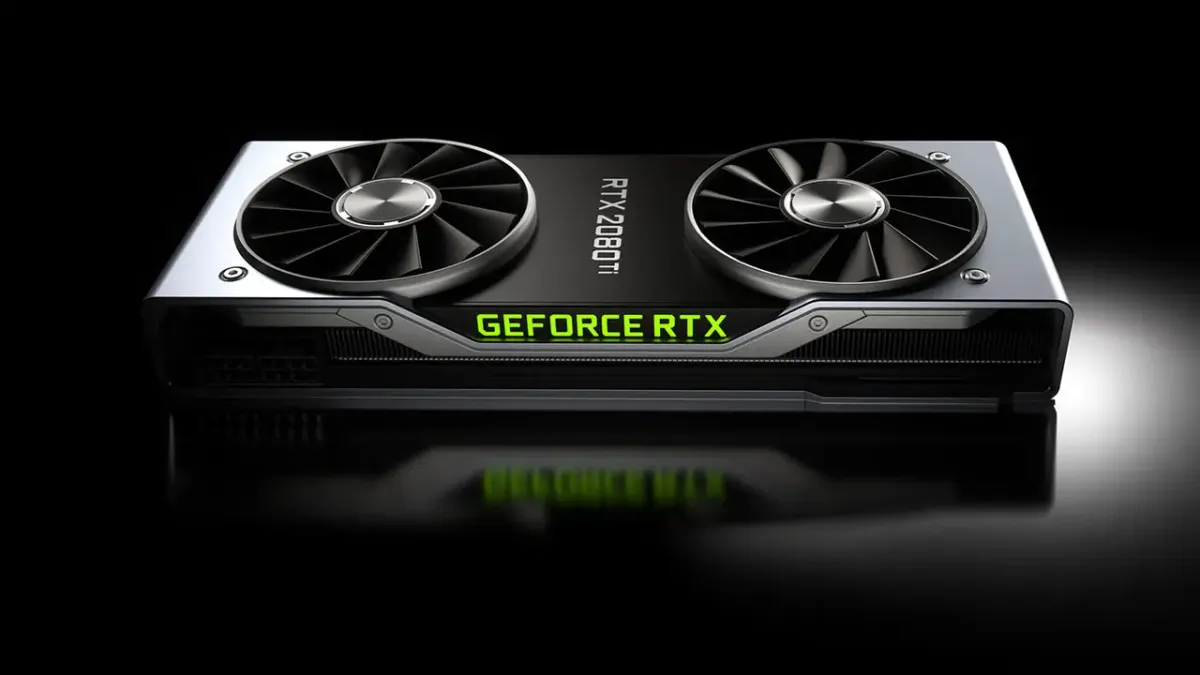
It’d be very easy to look at cooling on a graphics card and think the teams building them just slapped two big fans on top of some fins and called it good. Well, it’s not quite that simple. The NVIDIA team put out a cool video that showcases what’s under the hood. In it they show you how vapor chambers work (the primary cooling method of many laptops and current and upcoming consoles), how thermal control has evolved over time, and where we can go for the future. It also shows some of the testing methodologies NVIDIA uses. If you are a tech dork like me, you’ll cringe when you see the drop test. It’s cool to get this peek under the hood of what is the primary driver of our collective hobby.
Over the past 20 years, computer graphics have made huge advancements in performance. It takes a combination of expertise in architecture development, thermal, mechanical, electrical, and product design to make it all happen.
In the video we offer a first glimpse at some of the strides we have made in designing graphics cards, so that they can reach their maximum potential and remain cool and quiet. They include:
-
Thermal: An airflow-optimized cooling solution, redesigned to overcome existing constraints and move more air through the system for maximum cooling efficiency.
-
Mechanical: A stronger mechanical structure, including a new low profile leaf spring that leaves room for a back cover.
-
Electrical: A compact electrical design, with a new 12-pin power connector that allows more space for components and cooling, and is compatible with 8-pin connectors in existing power supplies with an included adapter.
-
Product Design: A no-compromise, cohesive design that embraces the revolutionary thermal solution while beautifully harmonizing each element of the graphics card.
-
To lift the shroud on this process, we spoke to some of NVIDIA’s best and brightest, who detailed the art and science behind graphics card design today, with a look towards the possibilities of the future.
With the inevitable Ampere / RTX 3000 series on the horizon, bringing with it the next generation of power and capability, it’ll bring with it new challenges to evacuate the heat of those expanded platforms. The device is moving from a 12nm manufacturing process used on current gen cards to a 7nm process. This should allow the team to pry even more transistors onto the board — think generational leap, not iterative step. We won’t have to wait long to find out more, though — there’s a special event for NVIDIA on September 1st, and we all know what that means.
Stay tuned here at GamingTrend.com for more tech news and hardware reviews.
